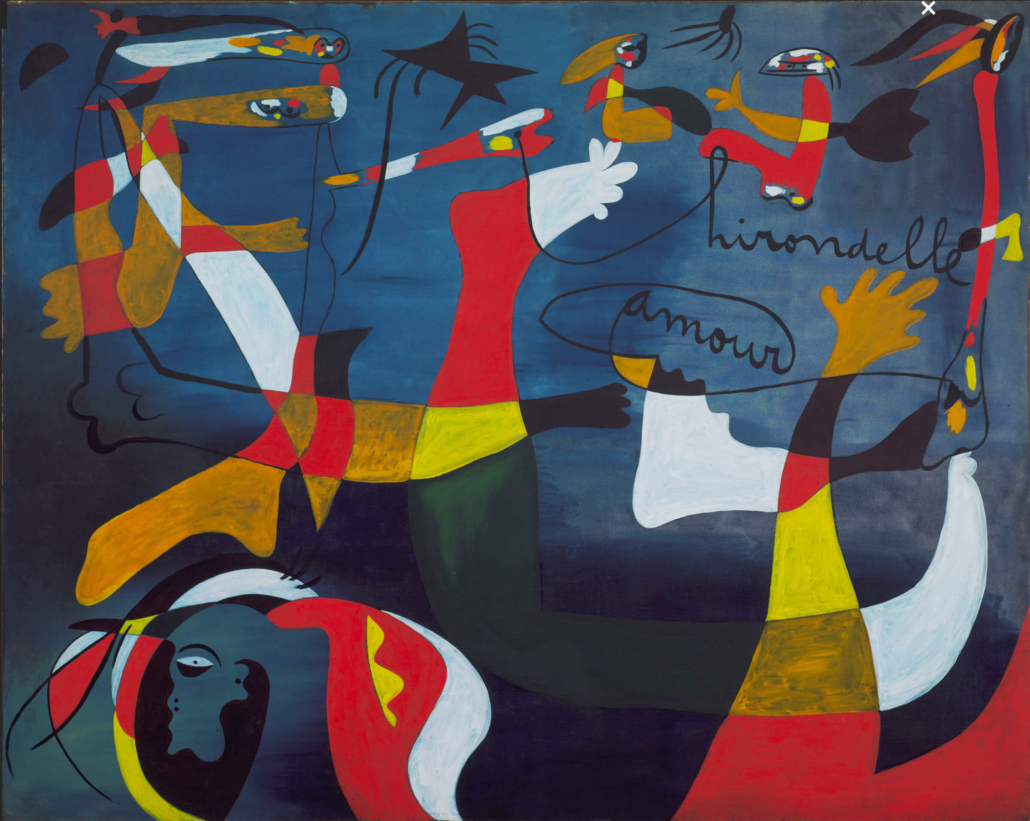The artist painted this during his first prolonged stay in California. The cool, modernist building and rigid lines of the pool and trees are disturbed by an impact on the water, as the inflexible surface explodes into frozen chaos. Hockney’s style is distinctive, iconically simple, and seems to reduce the world to pure surface. But there is mystery too: look at the sky – monochrome, shallow, yielding no secrets – and the pool looks nothing like water: resolutely thick and opaque, entirely the wrong colour. (Canaletto, of all people, was a bit crap at painting water, too.) Most enigmatically of all, where is the body that has made the splash? Here is a paradox of representation: an instant like this – unique, unrepeatable, momentary – took him two weeks to paint. There’s also something here about what is visible and what is not. We can never fully know what happens beneath the surface, but we do know that it matters. And how. Our acts resonate, often traumatically, long after we have fled the scene. Gabriel García Márquez said “what matters in life is not what happens but what you remember and how you remember it”. This painting is an expression of the miracle of memory, which plays lifelong tricks on us, resurrects things that no longer exist, and warms back into being the people we may have otherwise lost.

 Impression, Sunrise – Claude Monet
Impression, Sunrise – Claude Monet